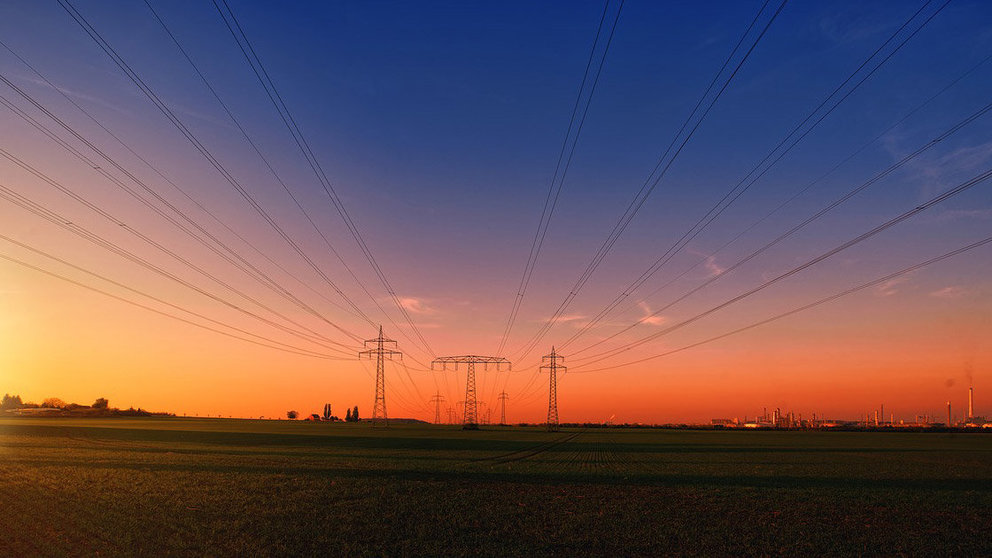Finland has placed among its objectives the use of clean energy sources. However, figures on consumption and electrical production show that the country is still far from banishing fossil fuels and peat.
According to Statistics Finland, the production of electricity in Finland amounted to 67.5 terawatt hours (TWh) in 2018, which was 2.5 TWh more than in the year before.
The amount of electricity produced with renewable energy sources and nuclear energy only increased slightly, but 1.7 TWh more electricity than in 2017 was produced with fossil fuels and peat (+14%), said the Finnish statistical office.
In fact, the share of electricity generated with renewable sources decreased: in 2018 it was 46.2% while in 2017 it was 47.2%, Statistics Finland remarked.
The production of district heat increased slightly (0.5%), but the production of industrial heat grew by as much as 3.2% last year. In this scenario, the total use of fossil fuels remained almost unchanged, but the use of peat increased by 7%.
In all, 53% of district heat was produced with fossil fuels and peat, but in industrial heat the share of renewables was 75%.
The volume of electricity produced with renewable energy sources amounted to 31.2 TWh (46% of the total production). Of the electricity produced with renewable energy sources 42% was produced with hydro power, 19% with wind power and almost all of the remainder with wood-based fuels. 32% of electricity was produced with nuclear power, 16% with fossil fuels and 5% with peat.
Consumption
Total consumption of electricity went up by 2.0 TWh amounting to 87.5 TWh in Finland in 2018.
Of total electricity consumption, 77% was covered by domestic production and 23% by net imports of electricity from the Nordic countries, Russia and Estonia.
Net imports of electricity contracted by 2.4% from the year before. 32% of domestic electricity production was based on combined heat and power production.










